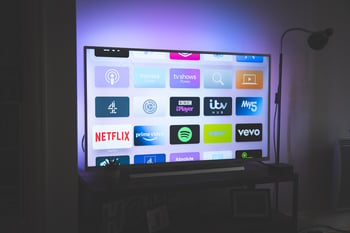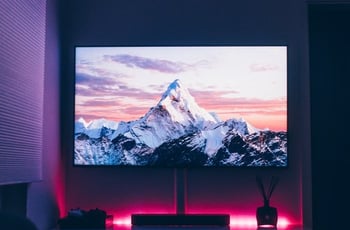CTV Ad-Supported Inventory Jumped 3x in 2020, Infrastructure Issues Persist
Published by Frank Sinton on

It feels like just yesterday, but in fact it has been six years (2014!) since Beachfront launched one of the first CTV advertising platforms. We’ve been building our convergent TV business ever since and thanks to the many TV entry points we help manage for programmers and CTV publishers, Beachfront now sees billions of CTV inventory requests per month. Dissecting these requests, digging into the data and identifying trends is one of my favorite activities to start the new year.
Along those lines, here are a few data findings that really struck me from last year, followed by some insights and predictions. (NOTE: I’m looking at data from November 2019 to November 2020 in order to get a full 12-month completed view)
- CTV ad requests jumped 3x, while the number of winning bids increased 4.6x.
- Despite this dramatic increase in volume, fill rates increased by 52%.
The next data point is even more exciting: CPMs stayed relatively flat to slightly up. The fact that CPMs stayed flat relative to slightly up against the significant increase in volume indicates the ironclad value of CTV inventory. Not to mention, the maturity of the targeting and data being used to capture the right audiences for brands within CTV.
The numbers aren’t all rosy, however. Check this out:
- The use rate of CTV winning bids in 2020 dropped from 39% to 14%.
What does this indicate? This means the number of times a winning bid turned into an impression went down dramatically.
Legacy tech shortcomings are the culprit.
As I explain in the video below, less winning bids are being used against available inventory because the mechanics of CTV ad pod decisioning aren't working right. Ask around the industry -- one of the key goals of any advanced pod management solution is to increase Use Rates.
In summary, the convergent TV arena is experiencing growth, but as is so often the case with growth comes growing pains. With increased competition for CTV inventory, the problems of slot-based decisioning in independent solos has reared its ugly head. Our industry saw an increase in thrown away CTV bids by more than 2x in 2020, and that’s a problem -- especially for programmers and operators who will keep missing opportunities to cash in on winning bids.
The industry -- programmers, streaming platforms and media buyers alike -- must make CTV ad technology more efficient and better for buyers and sellers to maximize its potential. CTV needs to be more like TV and TV needs to be more like CTV.
For example, competitive separation needs to become commonplace in CTV the way it is on TV in order to convince brands that it is worth the investment. Today, competitive separation in CTV is not even contemplated until all advertiser bids have been collected and winning bids have been declared for each slot in an ad break. This works against the programmer as a lot of potential advertising dollars must be turned away at worst, or an ad opportunity is wasted at best. To combat this decline in the use rate metric, we need to evolve the underlying mechanics on how CTV is transacted from inventory owner to SSP to DSP.
We’re at the cusp of great change, and I’m optimistic that 2021 will be a big year for convergent TV innovation.



